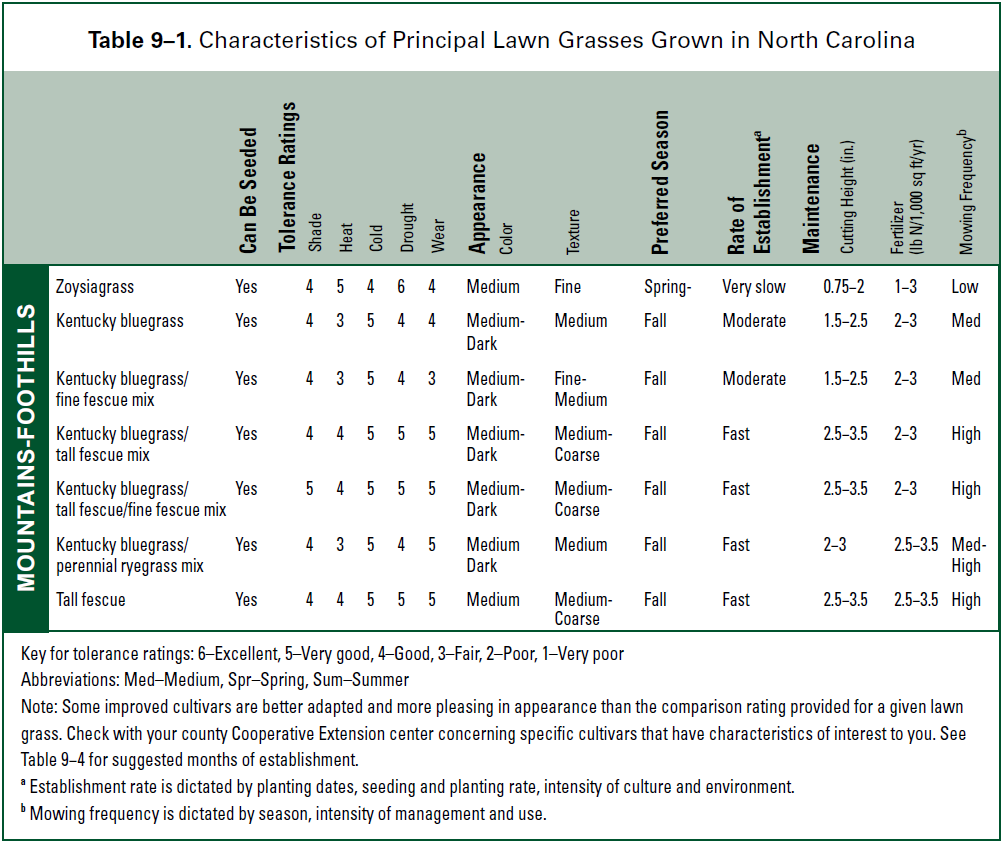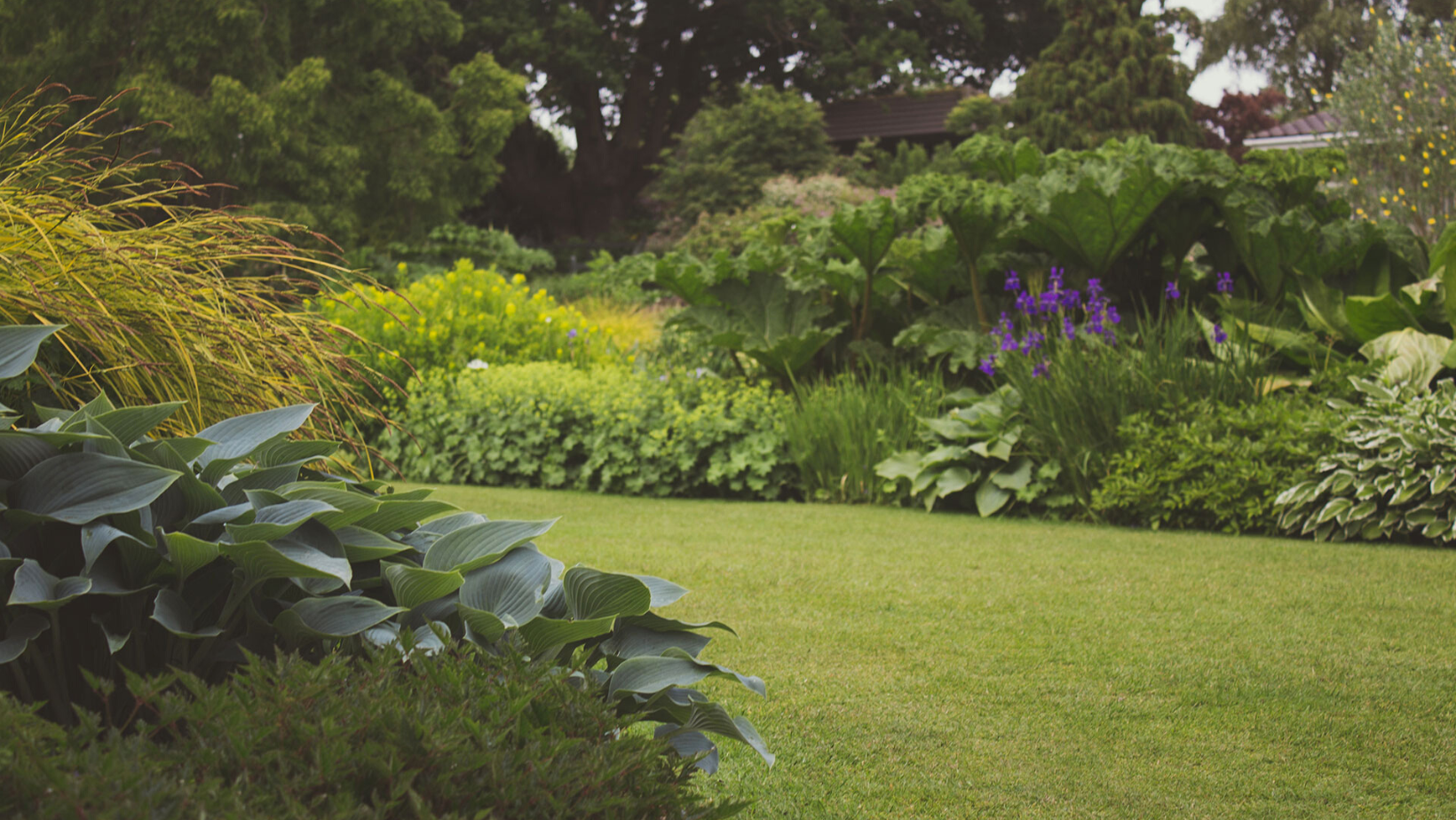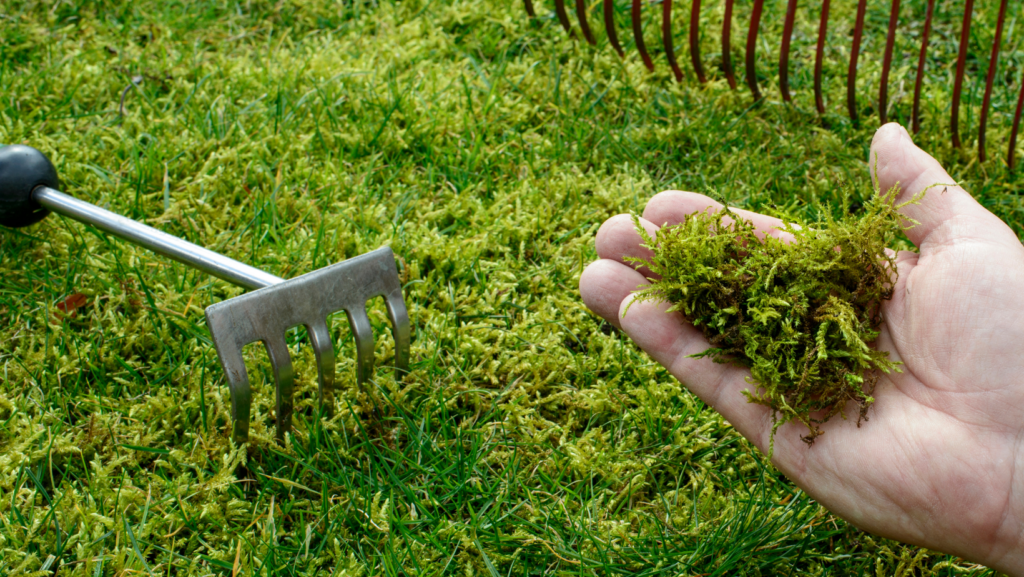Lawn Care Resources
go.ncsu.edu/readext?870903
en Español / em Português
El inglés es el idioma de control de esta página. En la medida en que haya algún conflicto entre la traducción al inglés y la traducción, el inglés prevalece.
Al hacer clic en el enlace de traducción se activa un servicio de traducción gratuito para convertir la página al español. Al igual que con cualquier traducción por Internet, la conversión no es sensible al contexto y puede que no traduzca el texto en su significado original. NC State Extension no garantiza la exactitud del texto traducido. Por favor, tenga en cuenta que algunas aplicaciones y/o servicios pueden no funcionar como se espera cuando se traducen.
Português
Inglês é o idioma de controle desta página. Na medida que haja algum conflito entre o texto original em Inglês e a tradução, o Inglês prevalece.
Ao clicar no link de tradução, um serviço gratuito de tradução será ativado para converter a página para o Português. Como em qualquer tradução pela internet, a conversão não é sensivel ao contexto e pode não ocorrer a tradução para o significado orginal. O serviço de Extensão da Carolina do Norte (NC State Extension) não garante a exatidão do texto traduzido. Por favor, observe que algumas funções ou serviços podem não funcionar como esperado após a tradução.
English
English is the controlling language of this page. To the extent there is any conflict between the English text and the translation, English controls.
Clicking on the translation link activates a free translation service to convert the page to Spanish. As with any Internet translation, the conversion is not context-sensitive and may not translate the text to its original meaning. NC State Extension does not guarantee the accuracy of the translated text. Please note that some applications and/or services may not function as expected when translated.
Collapse ▲The Place for Lawns
A sustainable lawn will be minimized to appropriate areas, allowed to go dormant during drought, and have some tolerance for weeds as many weed species provide important resources for pollinators, especially spring bloomers. Lawns are known to add beauty to recreational areas, they can help stabilize soil, reduce air pollution, noise, heat, and dust. However, lawns have a place in the landscape and it’s important to understand where they will and won’t thrive.
The Wrong Place for Lawns
Turf should not be the default option for covering bare areas in the landscape, or large tracts of land. That being said, there are solutions for creating vibrant and healthy landscapes around areas where turf will not thrive.
Narrow strips with concentrated traffic: a gravel path, stepping stones, or mulch should be used in these areas rather than a lawn. Turf is adapted to tolerate some wear, but not concentrated foot traffic.
Steep slopes: Native trees, shrubs, and ornamental grasses are better suited for steep slopes. Trees are the most long lived and will stabilize the slope. Shrubs and grasses will offer slope stabilization also, but are not as long-lived.
Poorly drained areas: plant moisture tolerant trees, perennials, sedges, and rushes here. A few tree options include river birch, willow, and bald cypress.
Shady areas: areas with over 50% shade will be a difficult environment for turf to grow in. Alternate with ground covers, create a path, or simply let moss grow in these areas.
What Species to Plant
A few factors to consider when choosing your lawn species include: climate, sun, need for tolerance and wear, time for maintenance, budget, and aesthetic preference. In the NC Piedmont you can grow either cool season grasses, or warm season grasses. You should not attempt to grow both in the same yard however. Cool season turf species for the NC Piedmont include: tall fescue, fine fescue, and Kentucky bluegrass. Warm Season turf species for the NC Piedmont include: zoysiagrass, bermuda, and centipedegrass.

Lawn characteristics chart from the NC Extension Gardener Handbook
Establishing a New Lawn
Soil Preparation: soil testing is the only accurate way of knowing which nutrients and how much lime your soil needs. Testing the soil will keep your landscape healthy, save money, and also prevent application of excess fertilizers and lime which can have negative effects on our environment and waterways. All turf grasses except for centipede grow best with a pH above 6.0. In Randolph County, the pH often falls below this and is typically more acidic. Soil samples should be taken before establishing a new lawn and repeated ever 2-4 years to maintain proper pH and nutrient availability. Soil sampling with the North Carolina Department of Agriculture is free from April 1 – Thanksgiving and only $4 per sample the rest of the year. You test the soil any time and can pick up sampling kits from your local Extension office during business hours. NC State Extension has many resources online about collecting a soil sample and you can find your results online at the Agronomic Services Division website. As the landowner, you will package and send the samples in yourself using FedEx, USPS, or UPS.
Site Preparation: remove weeds with nonselective herbicides. You may want to hire a professional for large areas, or weed problems that are difficult to control. Non chemical control options include smothering areas with cardboard, silage tarps, and removing weeds by hand. These are very effective options, but you will have to plan to do this several months before planting your new lawn.
Your site should be graded at a 2-3% slope away from buildings and for new lawns, work 2 inches of compost into the top 6 inches of soil. If you are working with a relatively small areas, this can be done by hand with a good garden rake. Soil should be significantly better quality than what is already there to make improvements in the lawn. Keep in mind that adding new soil will not fix pH problems with your existing topsoil.
Maintaining Lawns
Lawn management includes testing soil every 2-4 years, proper mowing practices, proper watering, aeration, and thatch removal when necessary. These cultural practices to prevent weeds and diseases are the most important things you can do and are often the most overlooked. For management of your specific grass species, utilize the Carolina Lawns: A Guide to Quality Turf in the Landscape.
Weeds will take advantage of weak areas in turf and the best way to manage them is to promote growth for your grass so it can outcompete weeds. Herbicide use will only solve the problem in the short term. Excessive weediness, particularly of annuals, means that you likely have weak/poor turf and overall turf management practices should be improved. A healthy landscape also has some tolerance for weediness. To explore weed identification and more management advice, you can visit the NC State Extension TurfFiles website. Many plant identification tools and resources will also help you. If you are not able to identify yourself, you can find your your local Extension office here.
Sustainable Landscaping
A few basic principals of sustainable landscapes include: increasing the number of plant species, using varying heights and growth habits of plants, using native plants, and choosing species that are adapted to your site and climate. Best practices for choosing natives include choosing a diversity of species that supply a range of food and shelter for organisms. Think in layers of height, more vertical layers of plants will provide habitat for more species! From tallest to shortest, “vertical layers” refers to canopy trees, understory trees, shrubs, and finally, flowers and ground cover. There are also over 100 species of grasses that are native to NC that you can use and deer typically don’t eat these. Although these species are not adapted to be mown, you can always mow paths through them to access the areas within the yard while supporting a healthy landscape.

Lawn area has been reduce in this landscape to provide diversity of plant species, but also offer flat surface for gatherings that can withstand wear and tear.
Reduce Lawn Area: turf will not thrive in very shady and wet areas, so these areas can be a place for mulching with pine straw, shredded bark or leaving your lawn leaves. You can also add or expand planting beds around the sides of your yard to include perennials, trees, and shrubs that are suited to the conditions.
Lawn Alternatives: Although there are no living lawn alternatives that tolerate regular wear, there are many options for plants, mulches and hardscaping that can be utilized in areas where turf species will not thrive. The correct choice for you will depend on the amount of sun, shade, drainage, personal preference and landscape goals. Two common alternatives that we receive many calls about are moss and clover. Rather than fight the conditions in your lawn that promote growth of these plants, you can also allow them to thrive and act as green cover for your landscape. Although these will not tolerate the same amount of wear as turf grass species, a few more alternatives to lawns include: sedums, rushes, dwarf mondo grass, low growing and spreading perennials in shady areas. You can explore alternatives and the areas in which they will thrive using the North Carolina Extension Gardener Plant Toolbox.
Meadows: Native meadows can be a great lawn alternative, but the same site preparation as establishing a lawn applies. Select seed mixes adapted to your local region and prepare your site with soil testing, relieving compaction, weed removal, adding compost or topsoil. Plan to plant your seed mix in Nov-February. Look for seed supply with seed mixes native to the mid-Atlantic region or for central NC if possible. You can find bulk suppliers and resources on establishing a meadow online, or call your local Extension office for help.
Additional Resources
NC Extension Gardener Handbook
NC State Turf Maintenance Calendars
NC State Extension Plant Toolbox
Going Native – Urban Landscaping for Wildlife with Native Plants
Meadows and Prairies: Wildlife-Friendly Alternatives to Lawn





